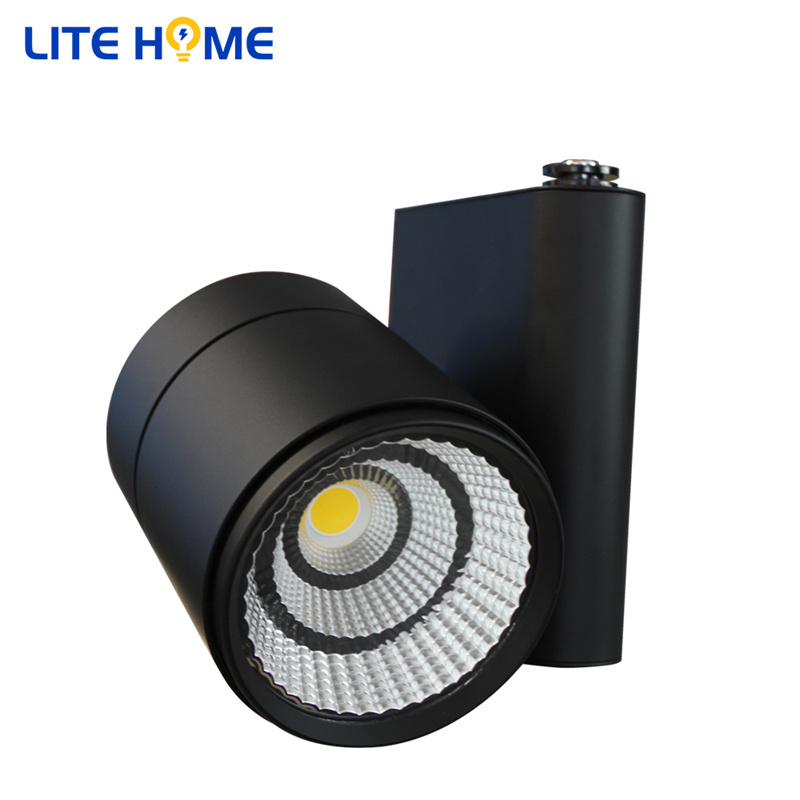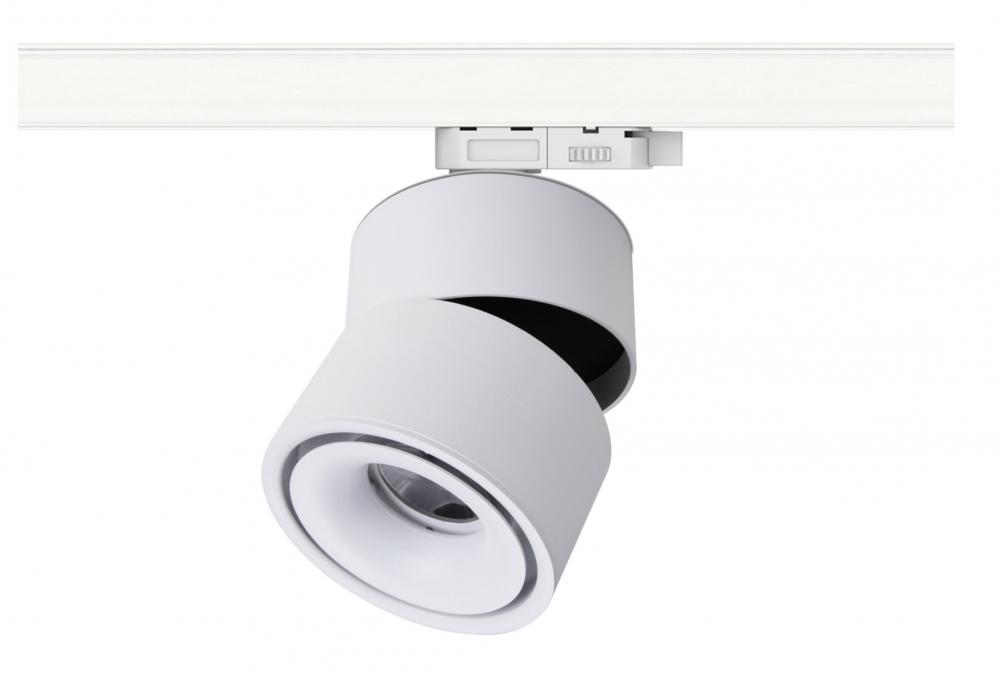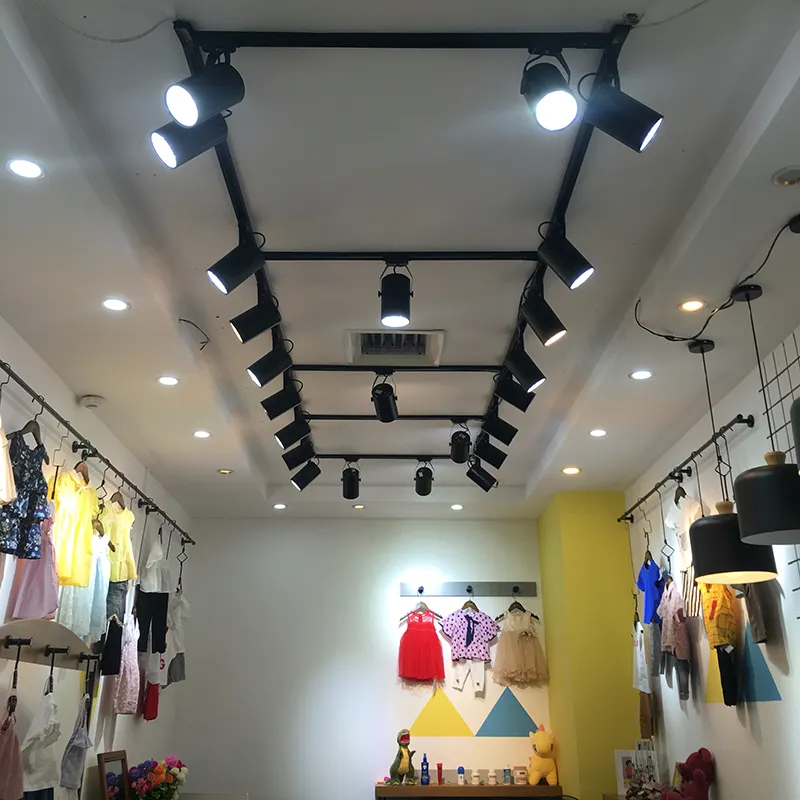In recent years, electric vehicles have been highly praised for their environmental characteristics, but their shorter mileage has limited their further development compared with gasoline vehicles.
Recently, researchers such as Liu Zhaolin of the Institute of Materials and Engineering of the Singapore Science and Technology Research Institute and Yu Ai-shui of Fudan University in China have developed a new type of lithium ion electrode material to increase the capacity of lithium-ion batteries. Or will help the electric car to drive further. The related research results were published in the "Electrochemical Communication".
It is understood that the lithium-ion battery realizes charging and discharging processes by making lithium ions shuttle back and forth across the electrodes. For example, during charging, lithium ions are deintercalated from the anode material typically made of lithium cobalt oxide, penetrate the separator and the electrolyte, and are embedded in the cathode. Discharge is performed in the opposite process.
In general, the cathode of a lithium-ion battery is made of a graphite material filled with tiny pores. Previous studies have found that iron oxide materials allow the battery to have more capacity than graphite materials. However, the use of iron oxide materials as the cathode of the battery charging process is very slow, at the same time, this material after several charge and discharge cycles, it will be destroyed by lithium ions, thereby affecting the battery capacity.
In the latest study, Liu Zhaolin and Yu Aishui speculate that the charging process of batteries made from iron oxide nanoparticles may be much faster than that of iron oxide cathodes, because the pores of this nanomaterial are very suitable for lithium ion implantation. . And, these pores can also make corresponding changes with the insertion of lithium ions.
To test this idea, the researchers obtained iron oxide particles with a size of 5 nanometers, ie, α-Fe2O3, by heating iron nitrate in water. Then, they mixed these particles with the carbon black powder, fixed it with polyvinylidene fluoride, covered this mixture on the copper foil, and finally made the battery cathode.
Experiments show that in the first round of charge and discharge process, the conversion efficiency of using the new cathode battery is 75%~78% of the traditional battery, but after several rounds of charge and discharge, the efficiency of the new battery reaches 98% of the traditional battery.
In this regard, the researchers said that the efficiency of the battery will gradually increase, because in the previous rounds of charge and discharge process, iron oxide nanoparticles are broken down to the right size. And 98% of this data shows that the new battery has been very close to the current level of commercial lithium batteries.
Subsequent experiments showed that after about 230 cycles, the efficiency of the new battery still remained at about 97%. And it is gratifying that this battery has a capacity of 1009 mAh/g, which is almost three times higher than that of a traditional graphite cathode battery. At the same time, the new battery has not encountered the problem of degradation of other iron oxide cathode batteries.
At present, the team is optimizing the nano-synthesis process and is set to increase the conversion efficiency of the iron oxide nano-electrode in the initial cycle.
COB LED Track Lights are single-optic LED platforms that combine form, function, and visual comfort. Because of its complete flexibility in lumen output and beam angles, it enables optimal lighting designs, including extremely tight accent applications. Designers can customize the light output with interchangeable reflectors to create the ideal environment. In addition, all COB LED Track Lights produced by LiteHome undergo an 8-hour burn-in test before production to ensure that customers receive products in good condition and in a good performance. By choosing LiteHome, you can buy high-quality products at manufacturer prices.


LiteHome Track Head Light has the following advantages:
1. Die-cast aluminum, better and faster heat dissipation of the lamp, less light decay and longer life;
2. Brand LED cold light source, no radiation, no heavy metal pollution, excellent performance, pure and rich color, high brightness, low-frequency flashing, energy-saving and healthier;
3. High-efficiency optical grade lens, low light loss, good illumination;
4. High-power transformer, the perfect combination of lamps, electrical appliances and light sources;
5. Lightweight, simple, beautiful and easy to install and replace.
6. A variety of beam angles for you to choose from: 15°, 60°, 90°
7. It can Rotate up and down 350°, and rotate left and right 350°. Can illuminate in all directions.


Led Spotlight Ceiling,Led Spotlight Fittings,Spotlight Led Lights,Track Light Heads,Gallery Light,Spotlight Track Light,Led Spotlight,Led Downlight
SHENZHEN LITEHOME OPTOELECTRONIC TECHNOLOGY CO., LTD. , https://www.litehomelights.com